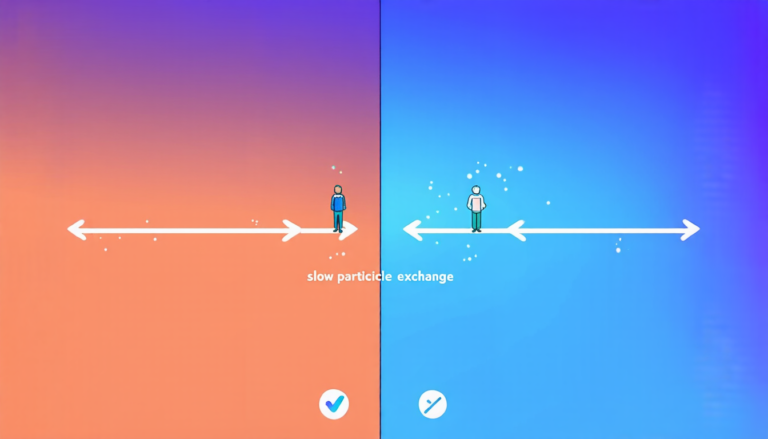Thursday 08 May 2025
The quest for a unified theory of particle interactions has led physicists down a labyrinthine path, with each new discovery revealing more questions than answers. The latest development in this ongoing saga is a formalism that generalizes partial wave unitarity bounds to N→M scattering processes, where N and M are both 2 or greater.
At its core, the concept of partial wave unitarity bounds is simple: it’s a mathematical constraint that ensures the probability of a particle interaction doesn’t exceed unity. This may seem trivial, but in the world of high-energy physics, even small deviations from unity can have profound implications for our understanding of the universe.
The challenge lies in applying this concept to more complex scattering processes, where multiple particles are involved and the calculations become increasingly cumbersome. The new formalism addresses this issue by employing spinor-helicity techniques, a mathematical framework that has proven particularly useful in tackling these types of problems.
One of the key benefits of this approach is its ability to handle theories with non-renormalizable interactions, which are notoriously difficult to work with. These interactions arise when particles with different spins interact, leading to amplitudes that grow rapidly with energy. The formalism provides a way to tame these interactions, allowing physicists to probe deeper into the fundamental nature of particle physics.
The implications of this breakthrough are far-reaching, potentially opening up new avenues for research in areas such as effective field theories of gravity and high-energy colliders. By providing a more comprehensive understanding of particle interactions, scientists may gain insight into the underlying laws governing the universe, shedding light on questions that have puzzled physicists for decades.
While the formalism is still in its early stages, its potential to reshape our understanding of particle physics is undeniable. As researchers continue to refine and apply this new tool, we can expect a flurry of exciting discoveries that will push the boundaries of human knowledge even further.
The search for a unified theory may be ongoing, but with each new breakthrough, scientists inch closer to uncovering the secrets of the universe. The latest development in partial wave unitarity bounds is just one example of how innovative thinking and mathematical ingenuity can lead to profound advances in our understanding of the cosmos.
Cite this article: “New Formalism Breaks Ground in Particle Physics Research”, The Science Archive, 2025.
Particle Physics, Partial Wave Unitarity Bounds, Scattering Processes, High-Energy Collisions, Spinor-Helicity Techniques, Non-Renormalizable Interactions, Effective Field Theories, Gravity, Unified Theory, Particle Interactions.







